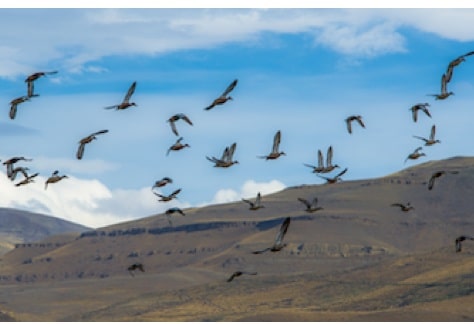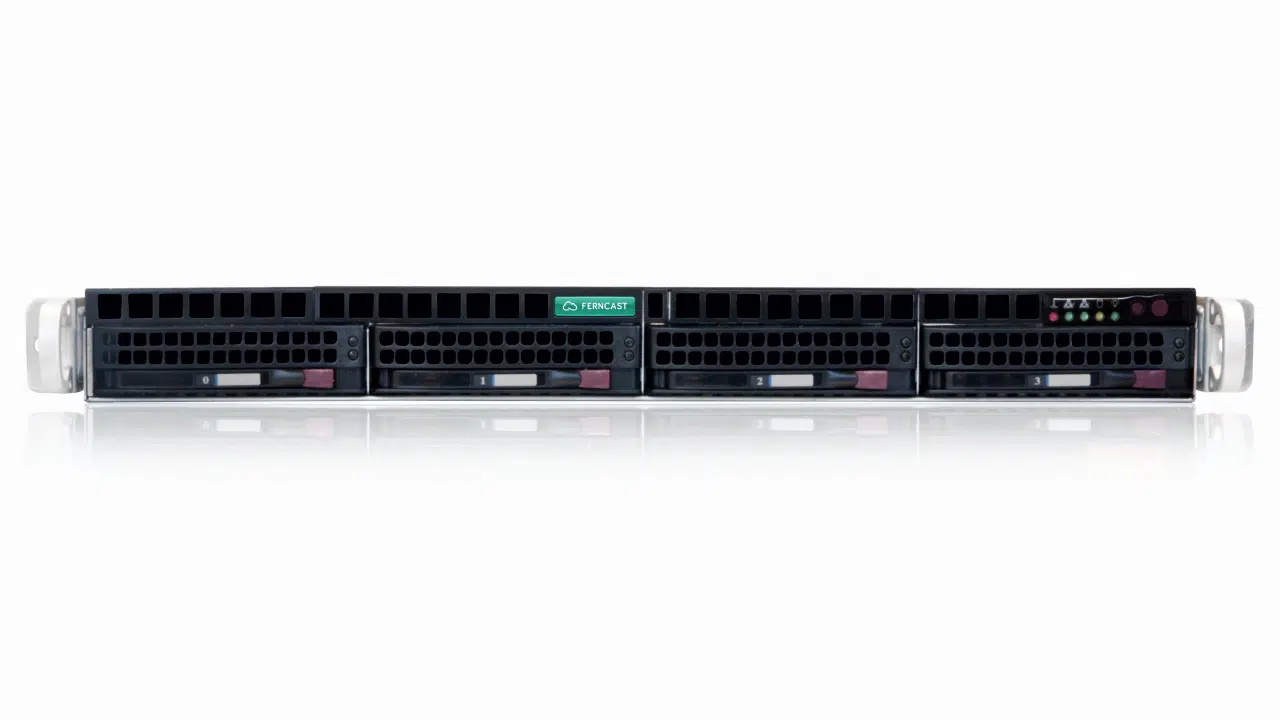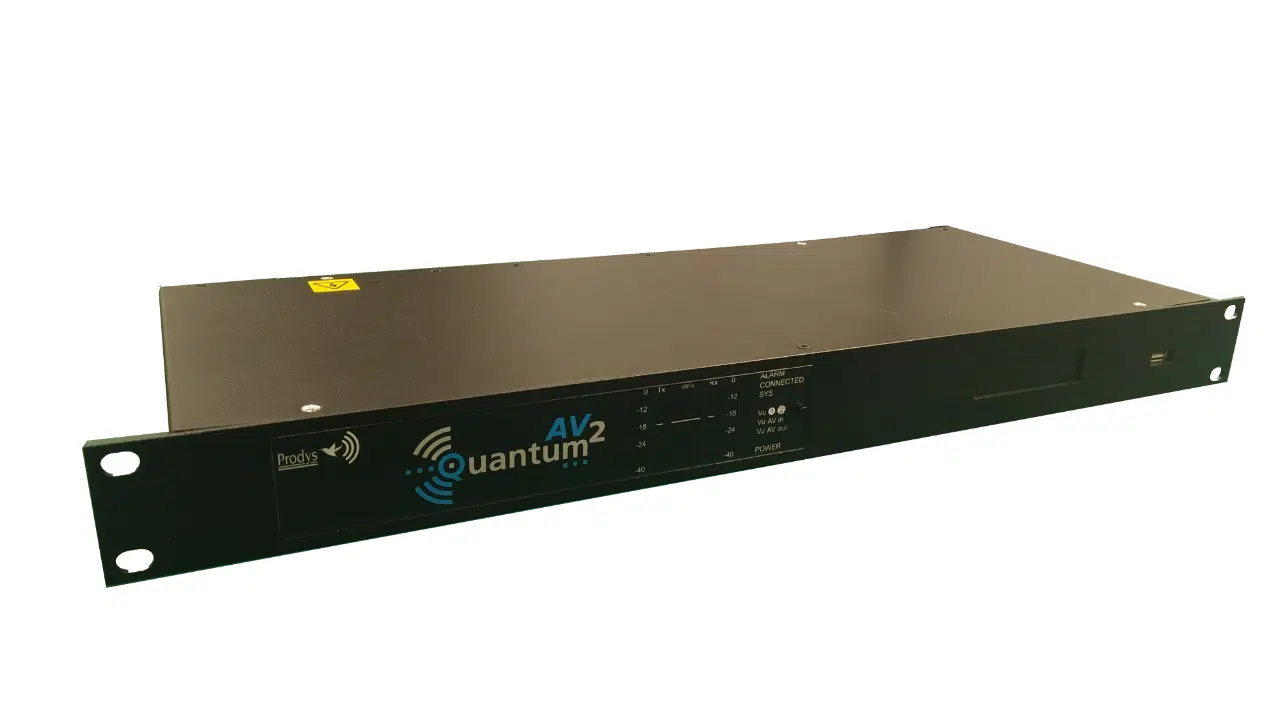
LONDON — Last year was marked by COVID-19. Hopefully 2021 will turn out to be a reset year where we gradually get to some kind of new normal. Will this change the role of radio, often now rebranded as “audio” or “sounds,” and intertwined with podcasts?

The more than 2.2 million podcasts and almost 40 million podcast episodes worldwide are sometimes being curated by a “podjock,” helping listeners navigate their way through this jungle of choices. And don’t podjocks sound very much like radio presenters or radio DJs attracting attention again to trusted radio formats while video streaming is taking a bit of a rest?
And very recently Facebook, who “discovered” that a lot of magic happens “at the intersection of audio formats,” reported that more than 170 million people follow podcast pages on its platform. The company announced that it plans to make it easier for Facebook users to listen to podcasts directly on one’s Facebook app, as possibly chosen and curated by Facebook.
Adapting Radio
Podcasting, smart speakers, and perhaps even social audio (sometimes on subscription) are just platforms, devices or services that radio has supplied for a hundred years. Podcasts are short stories, attractive dramas and great interviews, while social audio are the good old chat shows in which real people ask questions and discuss with experts, stars or with each other.
These audio experiences sound a lot like radio, but we cannot assume that in 2021 we are back to the future, with radio on FM and AM purring happily and serenely unchanged.
As our lives are changing right in front of our eyes, the pressure on broadcasters to be thinking how to adapt radio is bigger than ever. Shops, factories and hotels are closing and so are radio stations. Providing content and services for a changing listenership that now demands both width and depth, which only digital solutions and tools can offer, is not a luxury any longer.
Radio has great and generally recognized advantages. It is still the most listened to of all audio platforms. But the battle of the ear with rich newcomers in this space like Pandora, Apple, Facebook, Amazon or Google is intensifying. For how long? So, let us leave the old habits and “if it ain’t broken, do not fix it” mantra at the door. The writing is on the billboard, so to speak.
New Kind of Radio
In the United States, according to the FCC, the number of FM stations has decreased by 90 (1.3%) to 6682 in the last 15 months. The number of AM stations in the U.S. is still a staggering 4,546, though at the lowest point since 1990 (a decrease of 9%), which feels like a hundred years ago.
Many radio practitioners stress again and again that “local and live,” with good audio and extra data and features, I will add, can prepare radio for the post-pandemic times.
To make radio local you need to broadcast in the local language or languages and carry local news and features, apps and website information that engage the listeners and anchor them in their community.

This is hard to achieve unless you go for digital radio. Some advocate hybrid radio, which is a mixture of terrestrial broadcasting and IP, seamlessly knitted for people who have access to both and are prepared to pay for the data plans or the charges, small or big, that ensure IP access.
Let’s not forget, however, about the 3.5 billion of the 7.9 billion people worldwide who have no access to IP. This does not invalidate hybrid in any way. It’s just that via the Digital Radio Mondiale digital radio standard, live and local, or wide and comprehensive, is possible via terrestrial broadcasting with no need for IP or even electricity as long as solar and battery power is available.
Listeners live in big cities and faraway regions. More will work at home than before, or if they go to work, they will not sit at pre-assigned desks all day. Less will use their cars at predesignated hours (morning and afternoon rush hours) but will still be on the road. And as “cars will still drive radio,” the dashboard will constantly expand with more features like metadata, maps, pictures, emergency warnings.
In-Dash Expansion
Artificial intelligence will learn our preferences and will present them to us while driving. FM and AM (just audio) will not be enough for the automotive manufacturers and the listeners who will want modern and cutting-edge vehicles.
The number of standalone or home receivers is decreasing constantly in most of the world. The push to develop distribution alternatives — on mobile phones, smart speakers, connected TVs, fancy dashboards and laptops — are no longer ideal plans but a necessity. Only the digital radio technologies can fully turn them into reality. DRM (and other standards) have shown how.
One aspect of pandemic times has been the disruption in the normal education face-to-face process. This might explain the growth of the FM educational stations in the U.S. with some 4,213 services available today, up by about 3% over five years and double the number at the turn of the century.
But like news and entertainment, education is much more than just a teacher reading a textbook in front of the mic. The analog teacher needs to turn digital. DRM has recently shown how well-structured bites of information can be delivered live to students or can be received and cached locally or over wide areas, without the need of IP.
This is the strength of digital radio: It gives you news, music or information while jogging in Seattle. And it can do the same and more, offering you education, disaster warning, health advice if you are in a faraway village, say in northern India, Indonesia or Siberia.
Radio isn’t broken, but the new normal needs a new kind of radio, digital radio, to take off.
The author is chairman of Digital Radio Consortium.





















